How Dogs Learn 101
Let’s start our dog training journey from the beginning by talking about how our dogs learn. Studies in canine behavior started in the late 1800’s, moved to the early 1900’s with Pavlov’s dogs and continued on to B.F. Skinner in the 1950’s. Since then dog trainers have been using these principles of Learning Theory to work effectively with our canine companions. So, what does Learning Theory say about how behavior is changed through training?
First, our dogs learn through association. How do you feel about going to the dentist? Or the doctor? Some people don’t love it. If the first time you entered a doctor’s office you heard screams or crying, what would that cause you to feel? Probably a surge of anxiety. Now, if you walked in and people were laughing and maybe it smelled like your favorite scent. What would you feel then? What associations would you make with that office at first glance?
First impressions are strong because they build associations within us that tend to stick. Dogs are no different. Through the principles of Classical Conditioning, associations are made with various stimuli (people, places and things). These associations create a conditioned emotional response (CER). Here’s where Pavlov’s dogs come in. Bell = Food. The bell, a previously neutral stimulus, having been paired with food, now has a positive CER. Conversely, we can also create negative associations. If you use a water bottle to squirt your dog every time they bark, your dog will likely have a negative association with that, or even any, spray bottle that’s presented to them.
The cool part about understanding Classical Conditioning is that we can use this to change our dog’s CER to something that previously scared them. This is called Counter Conditioning. In order to change our dog’s emotional response we pair the previously scary stimulus with something good, like food. This method is used with anxious or fearful dogs, as well as puppies learn to love things like nail clippers or handling for vet care.
The second part of Learning Theory is called Operant Conditioning. This is the process of learning through consequence. Your dog performs an action and they receive a consequence. These consequences can be things they enjoy, and thus are reinforcing. Or they can be things they don’t like, and therefore punishing.
When we talk Operant Conditioning we want to discuss the Four Quadrants. These describe the processes by which we can reinforce or punish behavior. The Four Quadrants are Positive Reinforcement, Negative Reinforcement, Positive Punishment and Negative Punishment. Positive is defined as adding something. Negative means taking something away. Reinforcement means increasing the likelihood that a behavior will be repeated. Punishment means decreasing the likelihood a behavior will be repeated. Let’s give you some examples to help your understanding of these terms.
Positive reinforcement: My dog sits, I will him a treat. My boss pays me extra for working overtime.
Negative reinforcement: My dog pulls on the leash causes tension on their neck. When they stop pulling, the pressure stops. My child doesn’t do their homework so I take away their video games.
Positive punishment: My dog barks and I add a shock from his collar, or spray him with a water bottle. I speed and the cops give me a fine. My child curses and I ground him.
Negative punishment: My dog jumps and I take my attention away from him. I come to work late every day and get docked my pay.
For my training, I use Positive Reinforcement and Negative Punishment. I do not use Positive Punishment, which often involved the use of tools that cause pain to your dogs. I also do not use Negative Reinforcement because it also often involves force. Reinforcement drives our dog’s behavior. When we know how to properly administer that reinforcement through good antecedent arrangement (our training situation setup), observation and timing, it is not necessary to use force.
I am hoping this helps to explain how our training choices can influence our dog’s behavior. I don’t expect you to become a behavior nerd, like me, but it is always important to understand the why behind our training choices. If you have questions or comments about this blog, feel free to reach out. If you are looking for training services, check out our programs!
Discover more from Educanine Training Services
Subscribe to get the latest posts sent to your email.
